Composition is arguably one of the most important aspects of photography.
Without a strong composition, an image will fall flat. But a powerful composition will result a striking and powerful image –one that grabs your attention, and draws you in.
A good composition is a pleasing arrangement of elements; an image in which every component serves a purpose; contributing towards the whole. While there’s no need to follow each and every compositional rule when you’re out shooting landscapes, keeping the rules in mind will help you to create your own powerful images.
If you’re looking to take your landscape photography to a new level, here are a few rules that you can use to create strong compositions –and visually powerful images.
1. Remember the Rule of Thirds
The rule of thirds is a helpful rule to keep in mind when composing your landscape images. According to this rule, you’ll want to keep the main points of interest off to the side of the image –on the ‘thirds sections’ on the photo. This is to help you avoid the all-too-common mistake of placing the main point of interest dead center in the photo. The rule of thirds can be a great way to add balance to your image, and will often result in a composition that’s more dynamic. Keep in mind though, that while the rule of thirds can be a helpful place to start, it’s important to remember that sometimes the composition will call for this rule to be broken. For instance, when you’re photographing reflections –or any other image where the subject should be placed in the middle, you may want to ignore this rule altogether.
2. Avoid Placing the Horizon in the Middle
Another good rule of thumb is to avoid placing the horizon line in the center of the image –which will result in an image that looks like it has been cut in half. Instead, move the horizon line up to include more foreground, or down to include more of the sky. You’ll also want to watch the horizon line, and take care that it doesn’t awkwardly ‘cut through’ a point of interest, or subject in the foreground.
3. Have a Clear Focal Point/Vanishing Point
With most landscape images, you should have a focal point –like a looming tree in the middle of a field, or a vanishing point –that disappearing point at the horizon where lines converge. No matter what your focal point is, make sure it’s obvious. You’ll want to compose your image in a way to direct attention to the main point of interest –and use elements to draw the viewer’s eyes to it.
4. Use Framing to Your Advantage
Framing can be another great compositional tool. In images, we often view foliage and trees as problems, but in reality, they can be used to make a natural frame to add more depth and dimension to your images. Many compositions use trees as framing elements, but you can use boulders, driftwood, fences, or anything else that you find that could serve as a frame.
5. Look to Incorporate Foreground Interest
Foreground can be a great compositional element, helping to set the context and providing visual cues that show the viewer more about the setting. It can also be a great way to add depth and distance to a photo. A wide angle lens is a great tool for landscape images, largely because of the way that it causes elements in the foreground to appear larger and more prominent. If your image looks flat and one-dimensional, try angling your camera to include more foreground in.
→ Related reading: How to Use Foreground Elements in Your Composition
6. Use Leading Lines
Leading lines are an important compositional tool. Lines can help to draw your attention through the photo, directing your eyes on towards the focal point or main points of interest. Leading lines can be found in many different forms –especially when it comes to landscape photography so keep on the lookout for different lines –roads, paths, rivers, coastlines, fences, and trees. As a side note: leading lines can also change the overall dynamic of a photo. While horizontal lines tend to convey a sense of stability, and vertical lines are often associated with height –diagonal lines can add a sense of action and energy to an image. Curved lines –like meandering roads or rivers tend to lend a calm, relaxed feel to a composition.
7. Pay Attention to the Lighting
While this isn’t a compositional rule in a strict sense, it’s worth mentioning. Lighting can make or break a photo, and can have a big impact on the resulting composition –so pay attention to the lighting before you head out. Harsh, midday sun can be difficult to work with –due to the overhead light from the sun that’s directly overhead. Morning and afternoon are usually preferable for landscape photography. This time of day, the light is at an angle, and produces shadows which beautifully highlight the texture of the land. Don’t forget about golden hour, that sought-after time of day during morning and evening where the land is covered in a beautiful glow. Finally, the dramatic lighting that’s found right after a storm can also present spectacular photo opportunities.
8. Simplify
Before you compose your image, stop and see if there are any distracting elements in the photo. Or, consider whether the image would be better served by simplifying some aspect of it. Things can appear more cluttered in a photo than they do in person, so make sure there are no conflicting points of interest or unnecessary distractions in the foreground when composing your shots. Using a long exposure is another way to smooth out rough details, causing the waves and clouds to take on a misty, gently blurred quality.
The goal of a strong composition is to direct attention to the main point of interest, creating a strong, powerful image. Using tried and true rules will give you a great place to start, and help you out when you’re composing your shots, but don’t be afraid to break the rules if the situation calls for it –after all, the rules are only there to help.
The next time you’re photographing landscapes, why not keep some of these rules in mind? Who knows, they just might help you to capture some amazing and powerful landscape images.
Which composition rules do you consistently use with your landscape photography?
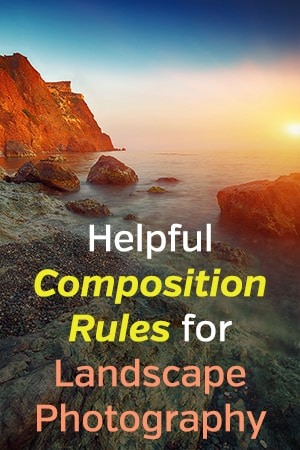
Photo license link: CC BY 2.0

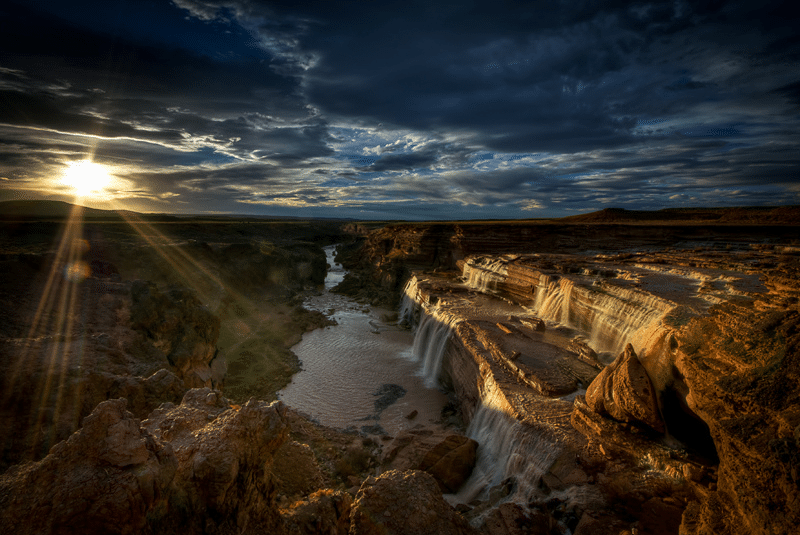
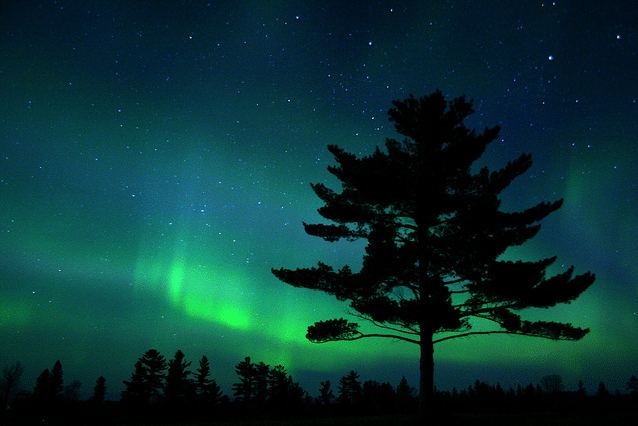





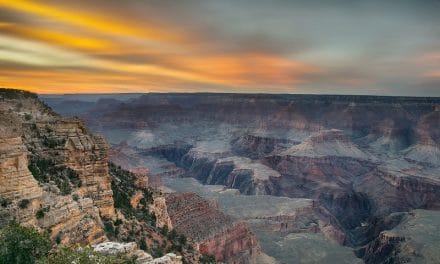

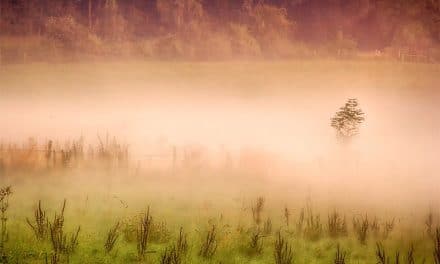
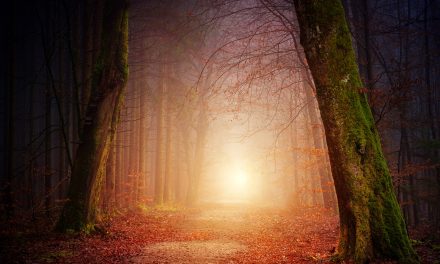





This was a very helpful article. Thank you!
This was very detailed, but all the info was important. Now its just a matter of sorting it all out. Thanks for all the info. More please.
Great article! Good detailed information. I often tell my clients to look at all of the corners of your image. What is going out or coming in through the corners can help lead the viewer’s eye directly to your intended subject, frame your subject nicely, and add depth to the scene.